Question about Navy Mark 3 Sight
Wed Nov 19, 2014 11:37 am
On many of the Navy fighter, torpedo and dive bombers in the late 1930s to early 1940s the navy used a tubular sight - Mark 3 before they went to the reflector variety.
On this reflector sight there was a lever by the eye piece that the pilot could rotate and this rotated a shaft which operated a device at the far end of the sight. Does anyone know what the purpose was of that lever and mechanism?
On this reflector sight there was a lever by the eye piece that the pilot could rotate and this rotated a shaft which operated a device at the far end of the sight. Does anyone know what the purpose was of that lever and mechanism?
Re: Question about Navy Mark 3 Sight
Wed Nov 19, 2014 11:59 am
I had one once, wish I still did. It opened and closed the telescopic opening. I'm assuming so it didn't get bugs or dirt in it.
Re: Question about Navy Mark 3 Sight
Wed Nov 19, 2014 12:03 pm
mr_warbird wrote:On many of the Navy fighter, torpedo and dive bombers in the late 1930s to early 1940s the navy used a tubular sight - Mark 3 before they went to the reflector variety.
On this reflector sight there was a lever by the eye piece that the pilot could rotate and this rotated a shaft which operated a device at the far end of the sight. Does anyone know what the purpose was of that lever and mechanism?
Sun shade filter
Re: Question about Navy Mark 3 Sight
Wed Nov 19, 2014 12:22 pm
Here's a couple of photos, first is of a TBD, second SBD


I think I have a few better shots. I'll see what I have and post them.
M


I think I have a few better shots. I'll see what I have and post them.
M
Re: Question about Navy Mark 3 Sight
Wed Nov 19, 2014 12:36 pm
Mine didn't have the sunshade on the end. Just a small cover that opened and closed a small flap over the optics.
Re: Question about Navy Mark 3 Sight
Wed Nov 19, 2014 2:49 pm
Thank you for the responses. I have a pic of the end of one also. I cannot tell if this is the flap variety or the sunshade?
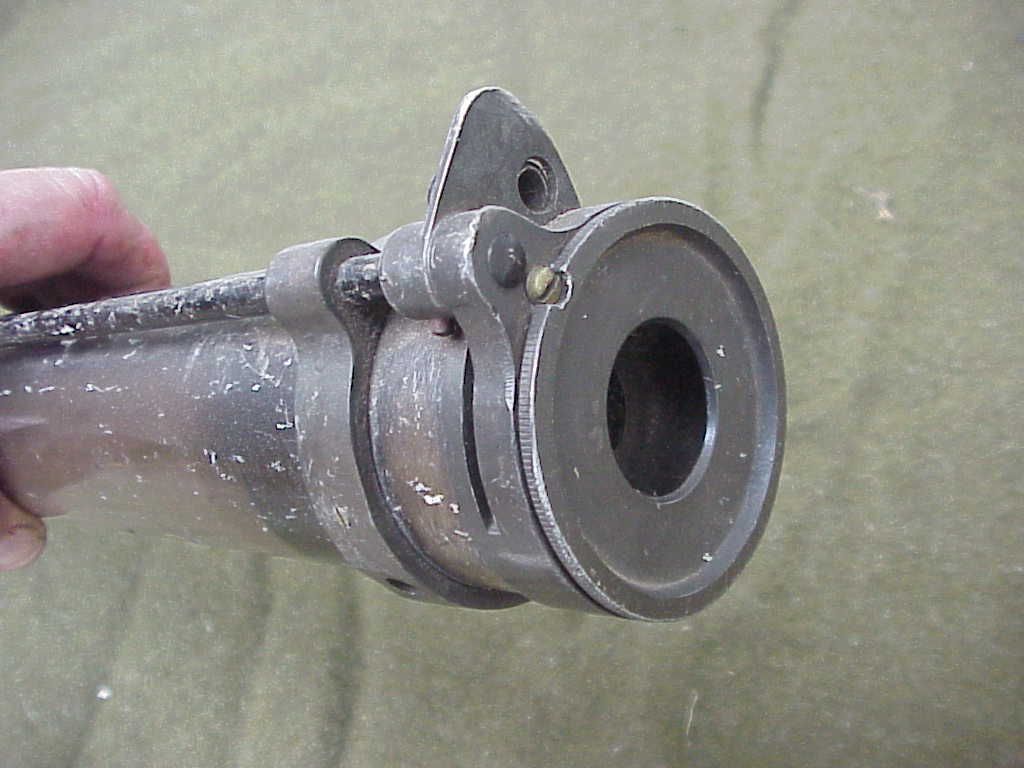

Re: Question about Navy Mark 3 Sight
Wed Nov 19, 2014 3:14 pm
The one in our collection has a cover just like turkey hunter describes presumably to keep the optics clean when not in use.

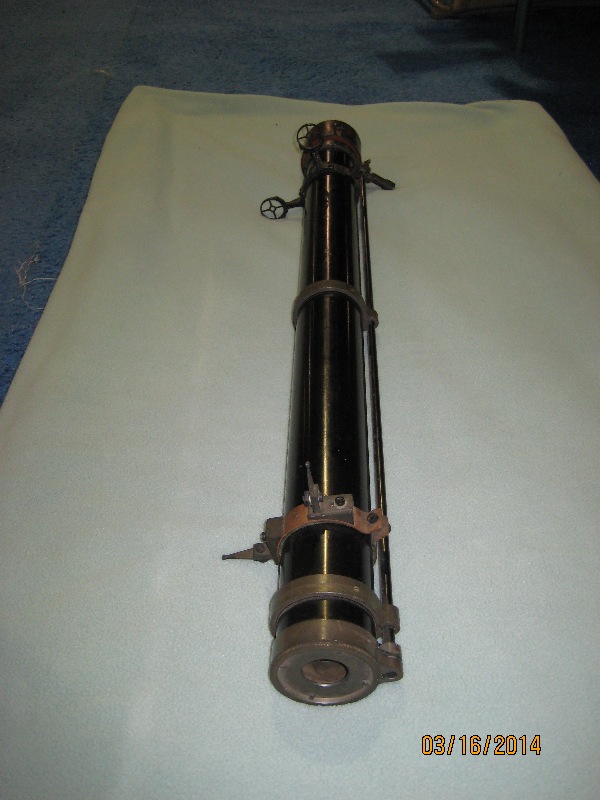
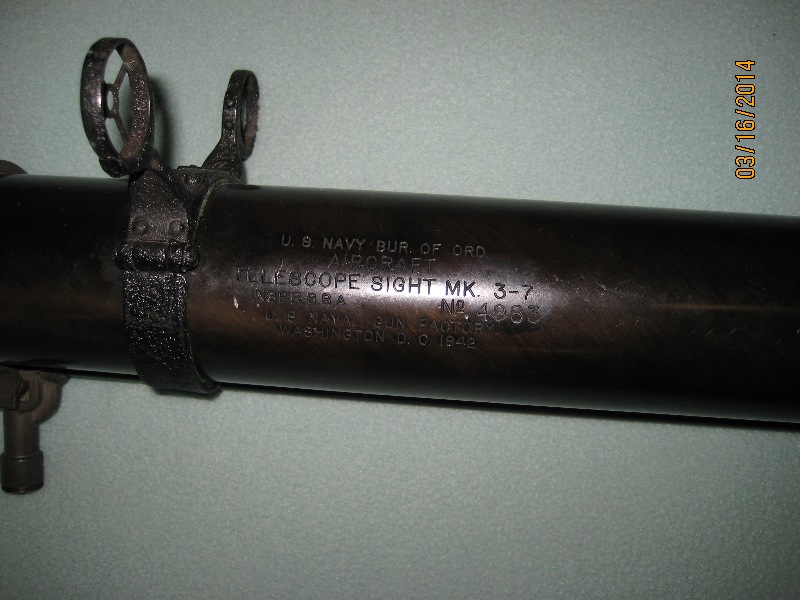
There seem to have been several telescopic gun sights like this on fixed and flexible guns pre and early war but they apparently died quickly. I can see why because to use them you have a severely restricted field of view and target acquisition would be difficult. True tunnel vision!
In Marks second photo you can see the small ring and bead sight on top of the tube. Ours has two at angles. Maybe they got close with the ring and bead and then would transition to the telescope. I guess this might be good for ground or fixed/slow moving targets because deflections shots would be real hard and would quickly go out of the field of view.
I think it would be quite accurate for air to ground gunnery or bombing for precision but hard to use for air to air.
The early flexible gun mounts in some 30 and 50 cal applications had a smaller telescopic sight which sure seems limited to me. The C-16 mount in the AT-6 and AT-11 and the PBY and many bombers all had this early style of telescopic sight.
Below is a shot of what I believe is an early B-17 waist with a telescopic sight on an E-12 gun mount. The gunner having to get that close to reach the focal point is indicative of one of the problems with this sighting system. Then imagine firing the gun with your chin so close to the back of the mount. These flexible guns when fired recoil within the mount and the mount will recoil itself. I would bet that if the gunner fired at this point he would have had a mouth full of 50.
I think that the fine cross hairs found inside of these sights are good for ground use but in the air you would need a bigger field of view for acquisition and lead. This is why I think this system found little use and gave way to the iron ring and bead sights and then the optical and compensation/computing sights.
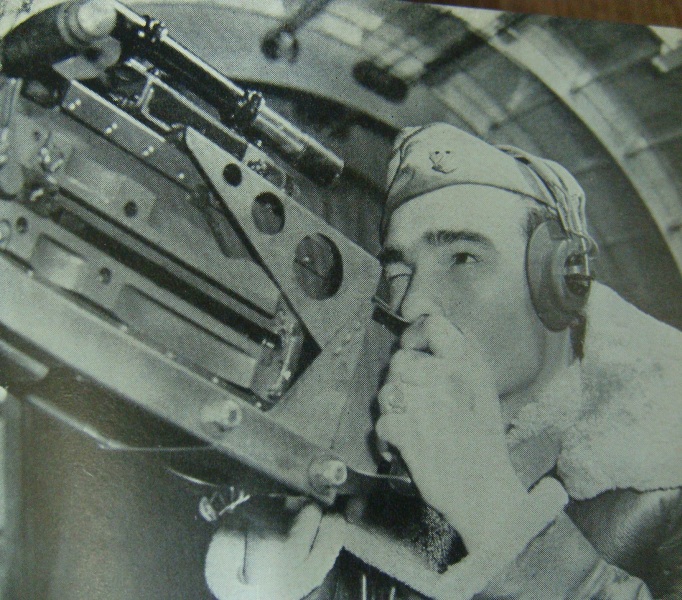
I have fired a 50 with these sights and it is very accurate to pinpoint ground targets but I have a hard time imagining what it must have been like to try air to air with them.
Here is my daughter, years ago, with a twin 50 setup I made to go plinking. It was to replicate the twin 50 mount in the tail of the B-17 but can be found in the field mod noses on some early Forts.
You can see the telescopic sight on the left gun
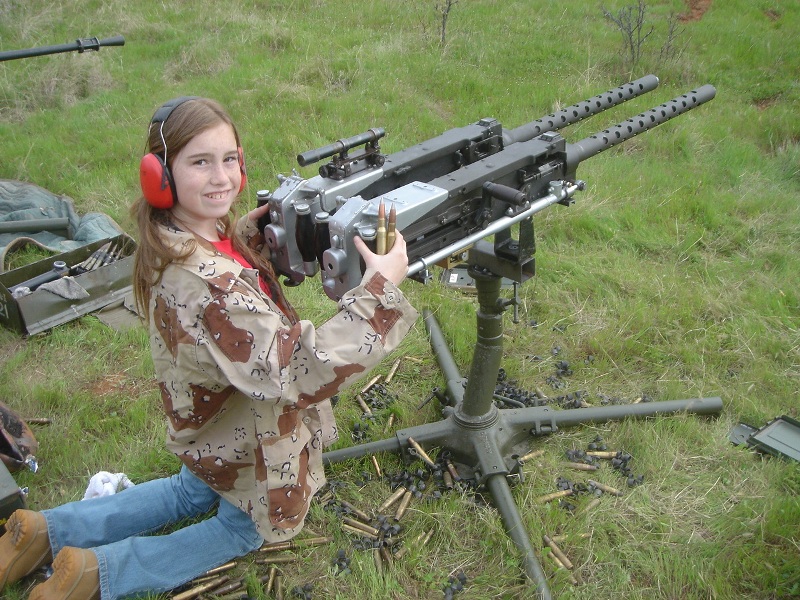
Here is a sight that was marked for the Martin B-26. Not sure who painted it on the box but I would not be surprised to have seen it installed on early Marauders. The contract number is Air Corps/AAF
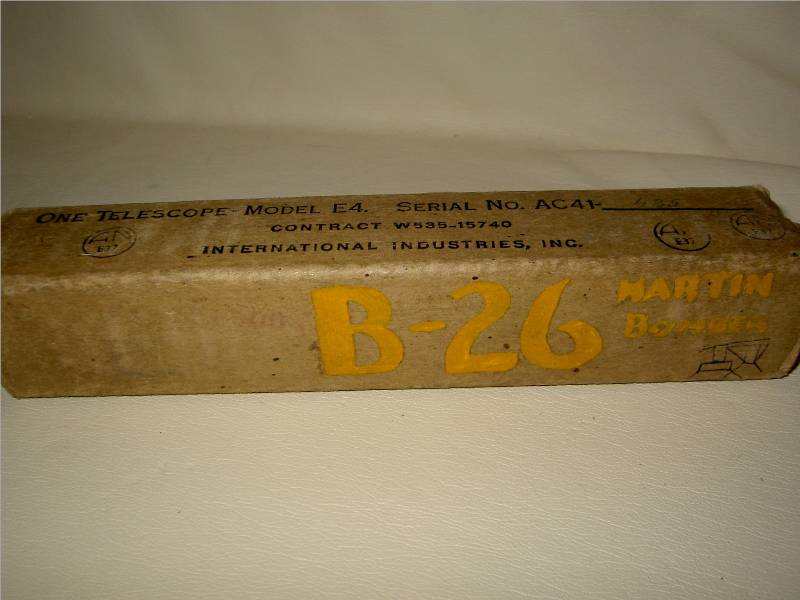
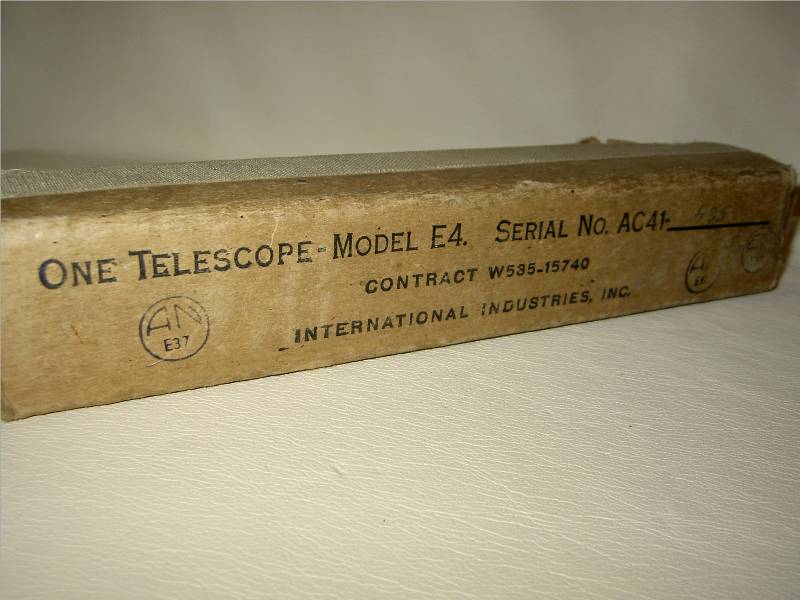
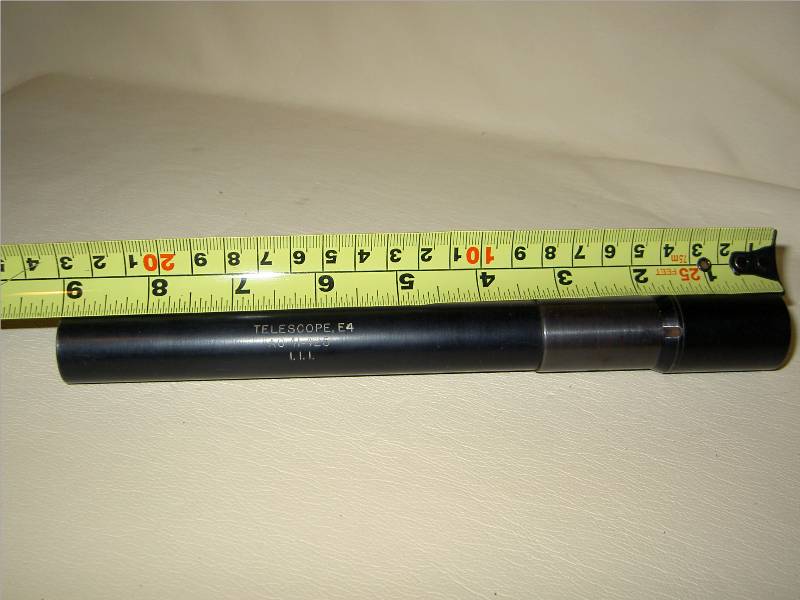



There seem to have been several telescopic gun sights like this on fixed and flexible guns pre and early war but they apparently died quickly. I can see why because to use them you have a severely restricted field of view and target acquisition would be difficult. True tunnel vision!
In Marks second photo you can see the small ring and bead sight on top of the tube. Ours has two at angles. Maybe they got close with the ring and bead and then would transition to the telescope. I guess this might be good for ground or fixed/slow moving targets because deflections shots would be real hard and would quickly go out of the field of view.
I think it would be quite accurate for air to ground gunnery or bombing for precision but hard to use for air to air.
The early flexible gun mounts in some 30 and 50 cal applications had a smaller telescopic sight which sure seems limited to me. The C-16 mount in the AT-6 and AT-11 and the PBY and many bombers all had this early style of telescopic sight.
Below is a shot of what I believe is an early B-17 waist with a telescopic sight on an E-12 gun mount. The gunner having to get that close to reach the focal point is indicative of one of the problems with this sighting system. Then imagine firing the gun with your chin so close to the back of the mount. These flexible guns when fired recoil within the mount and the mount will recoil itself. I would bet that if the gunner fired at this point he would have had a mouth full of 50.
I think that the fine cross hairs found inside of these sights are good for ground use but in the air you would need a bigger field of view for acquisition and lead. This is why I think this system found little use and gave way to the iron ring and bead sights and then the optical and compensation/computing sights.

I have fired a 50 with these sights and it is very accurate to pinpoint ground targets but I have a hard time imagining what it must have been like to try air to air with them.
Here is my daughter, years ago, with a twin 50 setup I made to go plinking. It was to replicate the twin 50 mount in the tail of the B-17 but can be found in the field mod noses on some early Forts.
You can see the telescopic sight on the left gun

Here is a sight that was marked for the Martin B-26. Not sure who painted it on the box but I would not be surprised to have seen it installed on early Marauders. The contract number is Air Corps/AAF


